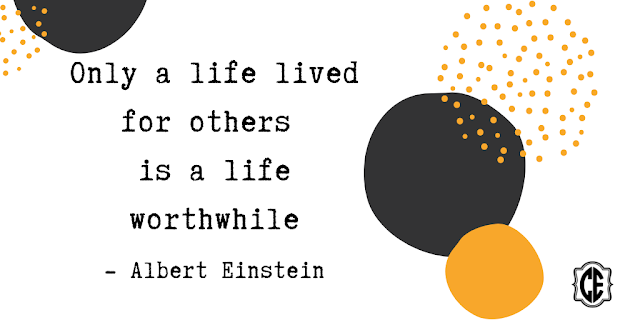When a person assumes the role of educator, he or she makes a conscious choice to take on a role that has potential to change the world. The educator becomes the counselor, teacher, encourager, disciplinarian, father- or mother-figure, nurturer, healer, and more.
Compelled educators accept and embrace their many roles. We understand the potential impact of our work, and we intentionally choose to do whatever we can to meet the needs of their students and if we are leaders, our staff, too.
Servantship is a mindset. It comes from a spirit of gratitude and a mission to help others to be successful.
We often hear of "Servant Leadership" rather than servantship in education. Educators with or without leadership titles are leaders. Servant Leadership is a phrase that was coined by Robert K. Greenleaf in The Servant as Leader in 1970.
Larry C. Spears is the CEO and president of the Larry C. Spears Center for Servant-Leadership. After studying Greenleaf's work, he identified a set of ten characteristics of the servant leader that he viewed as being of critical importance. Below, you can see the 10 characteristics and how they apply to teachers.
Characteristics of Servant Teachers
Listening
|
Listen to students to help them determine their learning needs.
|
Empathy
|
Understand the students’ perspective and foster an learning environment where student can openly express their thoughts
|
Healing
|
Some students will fail. It’s an important part of the learning process. Rebuild the student’s self-confidence after failure.
|
Persuasion
|
Help students understand the importance of an concept but allow freedom to formulate their own opinions
|
Awareness
|
Be aware of students’ response to your teaching methods and be adaptable
|
Foresight
|
Plan carefully using student-centered methods
|
Conceptualizing
|
See the big picture. How do all the parts fit together.
|
Commitment to Growth
|
Help each student reach his/her potential. Foster your own growth as a teacher.
|
Stewardship
|
Seek to improve the community and the profession.
|
Build Community
|
Create a welcoming environment but help students hold themselves and others accountable.
|
Kent Wilson, author of Steward Leadership in the Non-Profit Organization, outlined characteristics of servant leadership. The descriptions apply to teachers, counselors, and school leaders, as well as other staff members that impact the life of a child. It's more inclusive of all of the members of the education community, regardless of position.
| Servant Leadership | |
| Strategy | To ensure that other people’s highest-priority needs are being met and they develop as persons |
| Core Identity | Servant |
| Style of Leadership | Participative |
| Motivation for Leadership | Intrinsic: altruism (selfless pursuit of the interest of others), service to others |
| Characteristics | Listening, empathy, healing, awareness, persuasion, conceptualization, foresight, stewardship, commitment, community |
| Primary Action |
Serve people’s highest-priority needs; “servant first, leader second”
|
| Goal of Leadership |
Empowered followers
|
How much do you agree that servantship is a characteristic of compelled educators?
Who has been your role model for servantship?
Previous posts in this series:
Pin now to share later >>






No comments:
Post a Comment